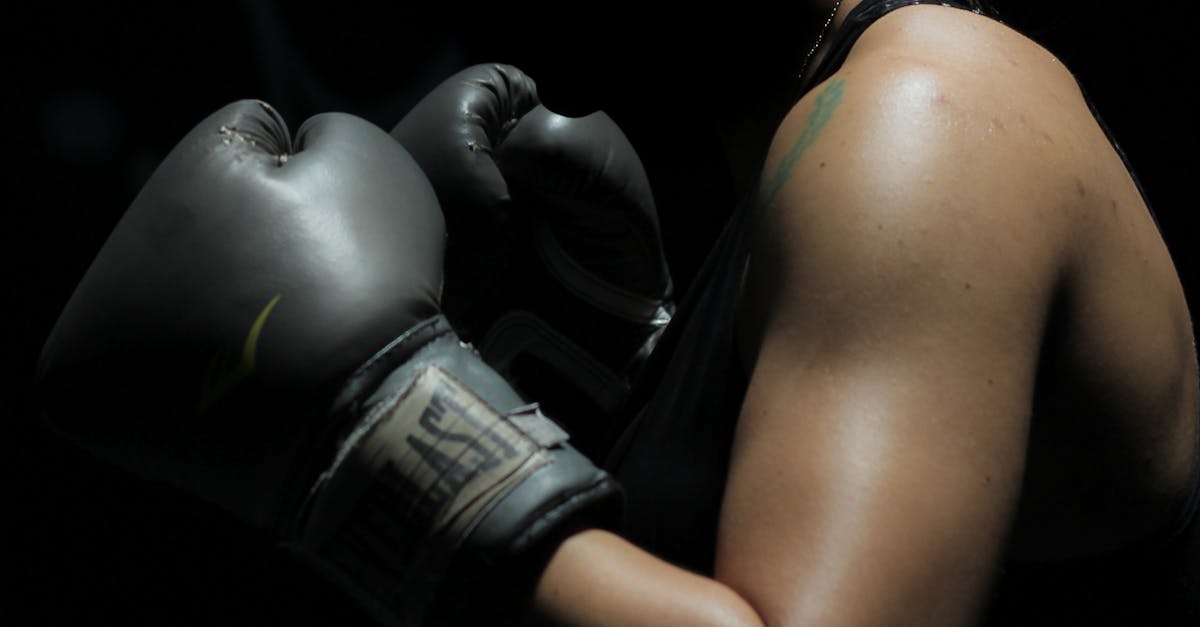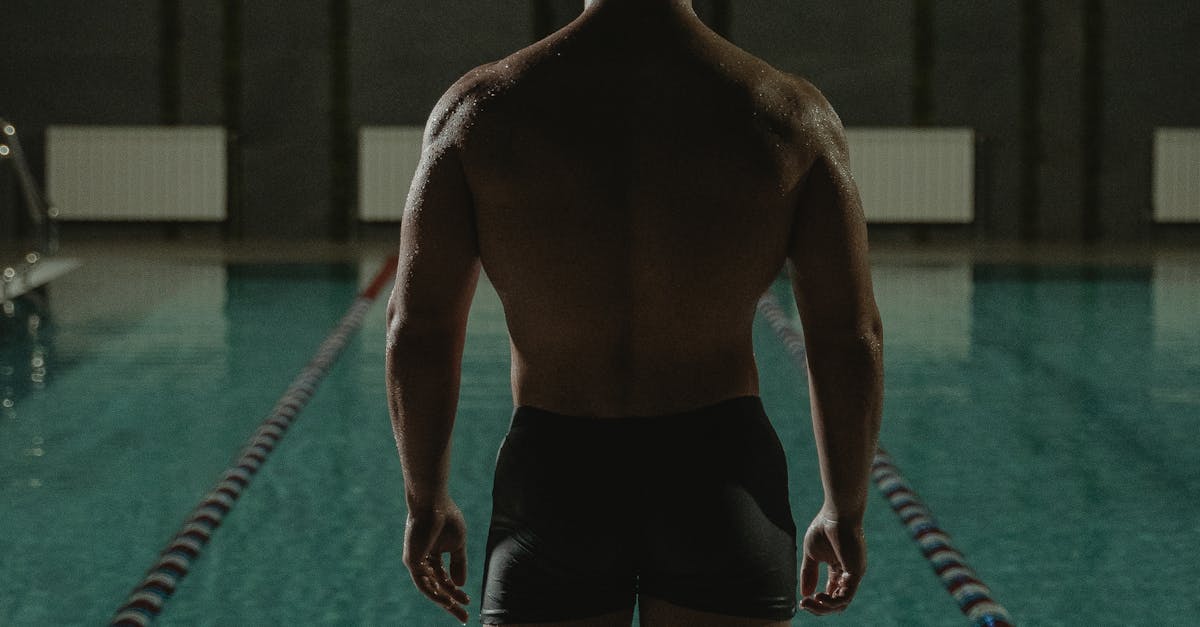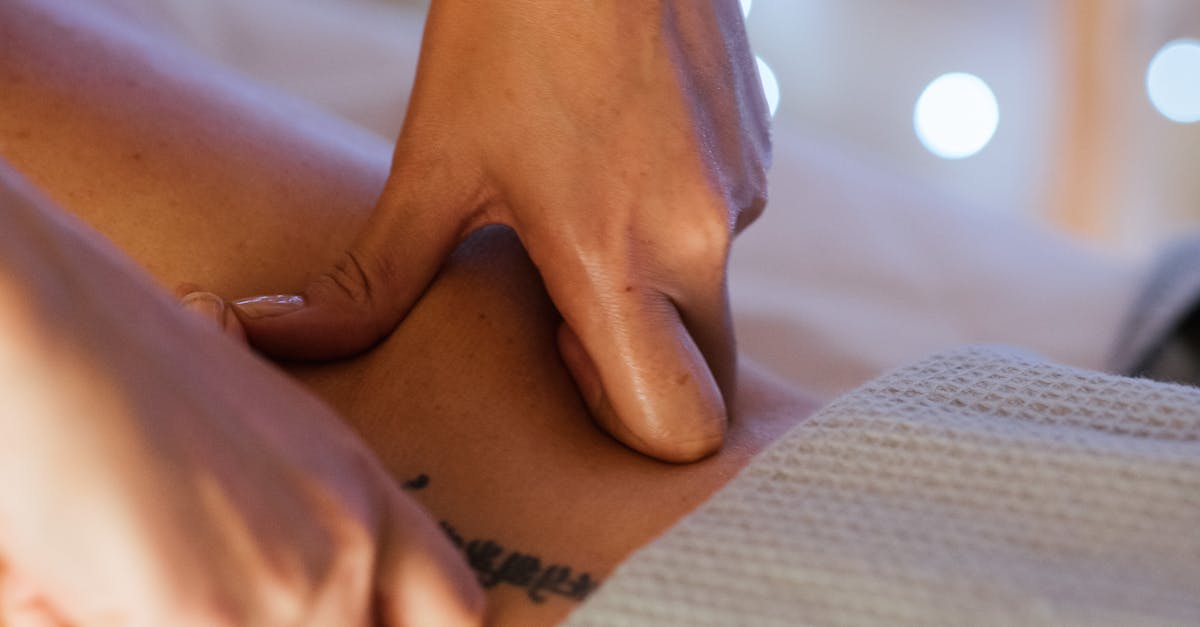Side Hip Muscle Strain: Causes, Symptoms, and Treatment
The Essential Guide to Side Hip Muscle Strain: Causes, Symptoms, and Treatment

A side hip muscle strain, also known as a gluteus medius muscle strain, is a common injury that can affect people of all ages and activity levels. It occurs when the gluteus medius muscle, located on the side of the hip, is stretched or torn. This can happen due to sudden movements, muscle imbalances, or underlying medical conditions. Symptoms of a side hip muscle strain may include pain, tenderness, and difficulty moving the hip. Treatment options range from rest and medication to physical therapy and, in severe cases, surgical intervention. Prevention strategies and rehabilitation techniques can help minimize the risk of recurrence and facilitate a speedy recovery.)
1. Understanding Side Hip Muscle Strain
A side hip muscle strain, also known as a gluteus medius muscle strain, is a common injury that can affect people of all ages and activity levels. It occurs when the gluteus medius muscle, located on the side of the hip, is stretched or torn. This can happen due to sudden movements, muscle imbalances, or underlying medical conditions. The gluteus medius muscle is responsible for abducting (moving away from the body) and rotating the hip. It also helps to stabilize the pelvis and maintain balance. A side hip muscle strain can range in severity from mild to severe, depending on the extent of the damage to the muscle. Symptoms may include pain, tenderness, and difficulty moving the hip. Treatment typically involves rest, ice, compression, and elevation (RICE), as well as physical therapy to strengthen the muscle and restore range of motion. In severe cases, surgery may be necessary to repair the torn muscle.
2. Causes of Side Hip Muscle Strain

Common causes of side hip muscle strain include:
-
Sudden movements: Side hip muscle strains can occur when the gluteus medius muscle is suddenly stretched or torn. This can happen during activities such as running, jumping, or twisting the hip. It is also common in athletes who play sports that require quick changes of direction, such as basketball, soccer, and tennis.
-
Muscle imbalances: Side hip muscle strains can also be caused by muscle imbalances. When the gluteus medius muscle is weak or inactive, other muscles in the hip may have to work harder to compensate. This can lead to overuse and strain of the gluteus medius muscle.
-
Underlying medical conditions: In some cases, side hip muscle strains can be caused by underlying medical conditions, such as arthritis or hip dysplasia. These conditions can weaken the muscles and tendons around the hip, making them more susceptible to injury.
3. Symptoms of Side Hip Muscle Strain
Signs and symptoms of a side hip muscle strain may include:
-
Pain: Pain is the most common symptom of a side hip muscle strain. The pain may be sharp and sudden, or it may be a dull ache that worsens with activity.
-
Tenderness: The area around the injured muscle may be tender to the touch.
-
Difficulty moving: A side hip muscle strain can make it difficult to move the hip. This may make it difficult to walk, run, or climb stairs.
-
Swelling: In some cases, a side hip muscle strain may cause swelling around the injured area.
-
Bruising: Bruising may occur if the muscle has been severely torn.
The severity of symptoms will vary depending on the extent of the muscle strain. In mild cases, symptoms may resolve within a few days or weeks. In more severe cases, symptoms may last for several months.
4. Treatment Options for Side Hip Muscle Strain

Treatment options for a side hip muscle strain may include:
-
Rest: Rest is the most important part of treating a side hip muscle strain. Avoid activities that aggravate the pain, and keep the injured hip elevated to reduce swelling.
-
Medication: Over-the-counter pain relievers, such as ibuprofen or acetaminophen, can help to reduce pain and inflammation. In some cases, your doctor may prescribe stronger pain medication.
-
Physical therapy: Physical therapy can help to strengthen the gluteus medius muscle and restore range of motion to the hip. A physical therapist will teach you exercises to improve flexibility, strength, and balance.
-
Surgical intervention: In severe cases, surgery may be necessary to repair a torn gluteus medius muscle. Surgery is typically only recommended if other treatments have failed to relieve pain and improve function.
5. Prevention and Recovery for Side Hip Muscle Strain
Prevention strategies for a side hip muscle strain include:
-
Warm up before exercising: Warming up the muscles around the hip before exercising can help to prevent strains. Stretches that target the gluteus medius muscle include the side leg lift, the clam shell, and the hip abductor stretch.
-
Strengthen the gluteus medius muscle: Strong gluteus medius muscles are less likely to be injured. Exercises that strengthen the gluteus medius muscle include the side leg lift, the clam shell, and the hip abductor machine.
-
Avoid sudden movements: Avoid sudden movements that could put strain on the gluteus medius muscle. This includes twisting the hip or changing direction quickly.
-
Use proper technique when lifting weights: When lifting weights, it is important to use proper technique to avoid putting strain on the gluteus medius muscle. This includes keeping the back straight and lifting with the legs, not the back.
Rehabilitation techniques for a side hip muscle strain include:
-
Rest: Rest is important for allowing the injured muscle to heal. Avoid activities that aggravate the pain.
-
Ice: Applying ice to the injured area can help to reduce pain and inflammation.
-
Compression: Wrapping the injured area with an elastic bandage can help to reduce swelling.
-
Elevation: Elevating the injured hip can help to reduce swelling.
-
Physical therapy: Physical therapy can help to strengthen the gluteus medius muscle and restore range of motion to the hip.
Quiz
Multiple choice questions:
- Which of the following is the most common cause of a side hip muscle strain?
(a) Sudden movements (b) Muscle imbalances (c) Underlying medical conditions
- Which of the following is NOT a symptom of a side hip muscle strain?
(a) Pain (b) Tenderness (c) Numbness
- Which of the following is the first line of treatment for a side hip muscle strain?
(a) Surgery (b) Rest (c) Physical therapy
True/false questions:
-
A side hip muscle strain can only occur in athletes. (True/False)
-
Strengthening the gluteus medius muscle can help to prevent side hip muscle strains. (True/False)
Answer Key:
Multiple choice: 1. (a) 2. (c) 3. (b)
True/false: 4. False 5. True
